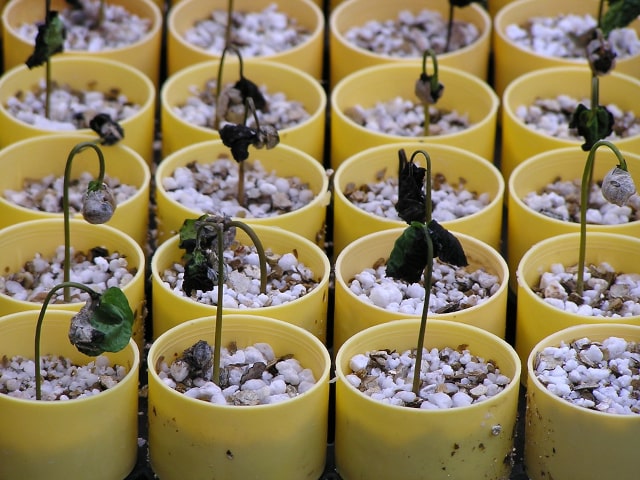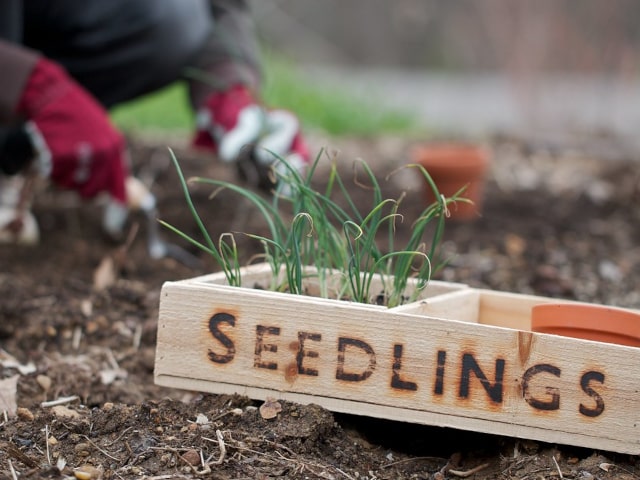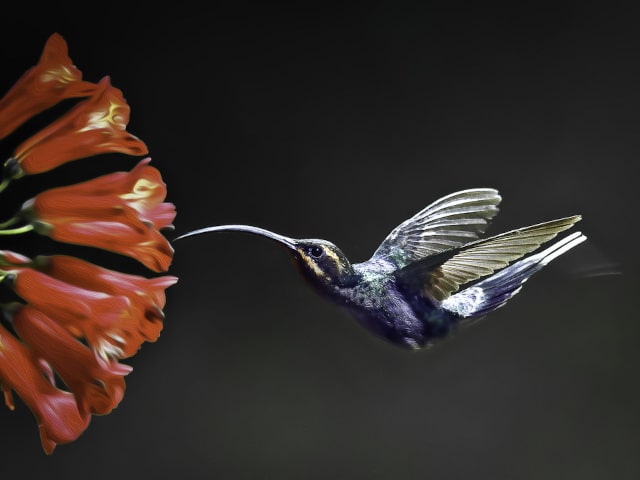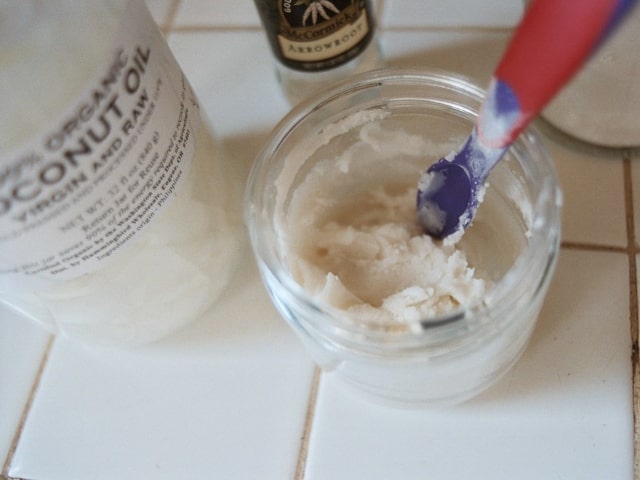
Many people choose to start seeds indoors. There are many advantages to this method. However, there are also some common problems you might encounter. It's important for all beginner gardeners to know about these potential disadvantages before they try to start seeds indoors.
The most common problems you may encounter include:
- Damping off
- Mold
- Poor germination
- Legginess
Damping Off
Damping off is a common problem for many seedlings. You will recognize it if you see your seedlings getting thin at the bottom. Other signs include spots on the leaves. Some seedlings will simply fall over and die. These are all signs of damping off.
Damping off is a serious condition and too many times, it's much better to use prevention than to try to cure the seedlings. To prevent damping off, it's advisable to use sterilized seedling mixes. Also, make sure that all tools and pots are sterile. Use clean water and you may even want to bake the seedling mix to prevent damping off.
Other things you may try is to keep seedlings warm (as warm as possible) and never over-water them. It's also important that seedlings get good air circulation, so make sure to space them out to prevent overcrowding.
Mold
Mold is another common problem, caused by a fungus. There is green and white mold, and both can cause lots of problems for your plants. Mold appears in damp conditions and can attack your seedlings easily. The older, stronger seedlings are more resistant but the younger ones can have serious problems.
To avoid mold, it's important to give your seedlings enough air. It's important that seedlings are not overcrowded. Also, if your trays are covered, make sure to uncover them. You may also put a fan near the tray to provide them with enough air circulation. Also, if the weather is warm enough, you might want to put your seedlings outside. Don't over-water your seedlings and when you water them, make sure to do it from below.
In case you notice the mold spreading, separate the infected plants from the healthy ones immediately. Treat the infected seedlings with a natural fungicide. Also, covering the affected seedlings with a layer of vermiculate may help.
Poor Germination
Poor germination rates affect many seeds. It can be a sign of a deeper problem, such as damping off or you may have bad seeds. It's not unusual for some seeds to fail to germinate.
However, keep in mind that certain seeds take longer to germinate, so don't panic. Even the same species and same varieties sometimes take different time to germinate, depending on the plant.
Also, keep in mind that seedlings that took longer to germinate may also produce less fruit than the others. You need to take this into account when it comes to choosing the best seedlings to plant in your garden.
Legginess
Legginess is a common problem that affects many seedlings. It happens when seedlings have very thin stems. It's caused by inadequate light source. Usually, the light source is located away from the plant.
To prevent legginess, make sure to put the light source near the seedlings. The recommended distance is 4 inches for starting seedlings. Make sure to get this light source as close to the seedlings as you can. Later, as the seedlings grow and mature, you may move the light source a bit further away. You will know it's safe to move the light source when you see your seedlings developing stronger stems.
Photo credit: Marie Shallcross




0 Comments